News
Scientists return from PMNM with positive reports, discoveries
Lalo shows signs of recovery from hurricane damage, no sign of nuisance alga Chondria outside of Manawai
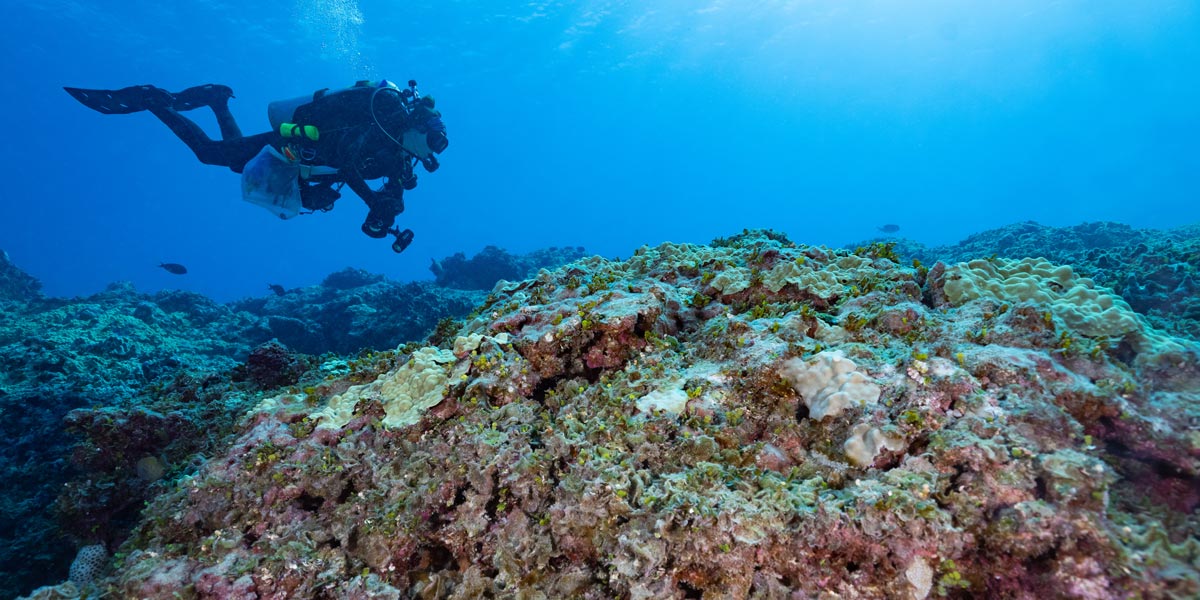
A research expedition in Papahānaumokuākea Marine National Monument has returned to O‘ahu after 20 days at sea conducting coral reef monitoring, damage assessments, and expanding knowledge of limu (algae). Scientists reported signs of recovery from hurricane damage at Lalo (French Frigate Shoals,) and saw no sign of the nuisance alga Chondria tumulosa at Kuaihelani (Midway) or Hōlanikū (Kure), after previously being found on the reefs at Manawai (Pearl and Hermes Atoll).
The mission was the second half of a two-part summer research field season led by NOAA’s Office of National Marine Sanctuaries, July 8-27 and August 1-20. Both missions sailed on the charter vessel Imua.
No Spread of Nuisance Alga
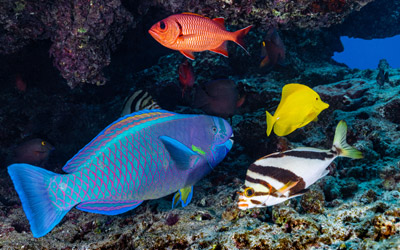
The first mission in July focused on collecting data on Chondria tumulosa, a nuisance seaweed first documented in 2019 at Manawai (Pearl and Hermes Atoll). Although data takes many months to analyze, researchers on the July mission reported that the amount of algae does not appear to have diminished since 2019, and may have increased.
“There was concern that Chondria may disperse from Manawai to other atolls in the monument. During the second mission in August,” says Jason Leonard, NOAA marine operations coordinator for Papahānaumokuākea Marine National Monument. “The research team investigated areas of interest from satellite images (remote sensing) as well as at randomly selected sites, but did not find Chondria at Kuaihelani or Hōlanikū. On the mission, none of the nuisance alga was observed outside of Manawai.”
Limu Collections Yield Discoveries
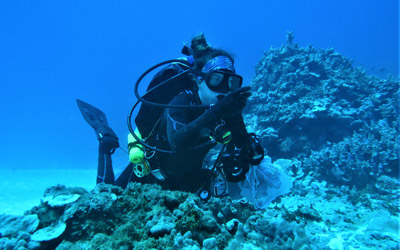
In order to expand baseline knowledge of biodiversity throughout the monument, limu samples were collected from multiple sites at each atoll visited: Lalo (French Frigate Shoals), Kamole (Laysan Island), Kapou (Lisianski Island), Hōlanikū (Kure Atoll) and Kuaihelani (Midway Atoll). Researchers collected species at Kuaihelani that may be new to science.
Signs of Health Following Damage
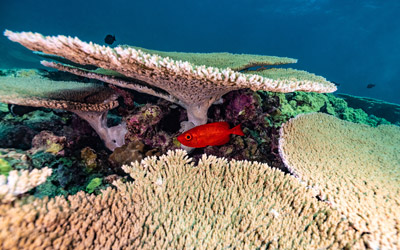
In 2019, following 2018’s Hurricane Walaka, NOAA and partner divers observed devastating damage to coral reef sites at Lalo. They found sites where the once vibrant coral reefs had turned to rubble. Highly diverse fish communities associated with the corals that once lived on the reef were also gone.
Scientists on the August mission found that coral reefs at Lalo previously damaged by the hurricane showed recruitment of different species of coral. They also documented many juvenile and adult fish now in these areas. An abundance of herbivorous fishes such as manini and kole, which graze on algae, keep the dead coral surfaces clean so that new, juvenile corals can take hold and grow. Observations showed positive signs of the overall health of the reefs and that it is slowly making a comeback.
Large, Old Coral Heads
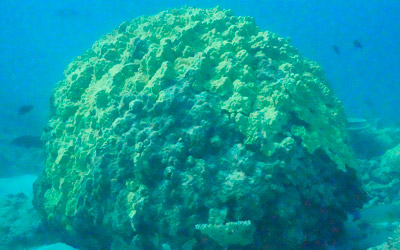
The scientists found that many of the very large, old coral heads in the most sheltered parts of the lagoon that survived this hurricane were in excellent shape. “The health of these old corals is critically important to biodiversity and resilience,” says Keolohilani Lopes, field logistics technician with Papahānaumokuākea Marine National Monument. “Like old growth forests, these old corals offer long-term habitat stability, and will serve as the brood stock to help to repopulate more heavily damaged areas of the atoll.”
Documenting Maritime Heritage Wreckage
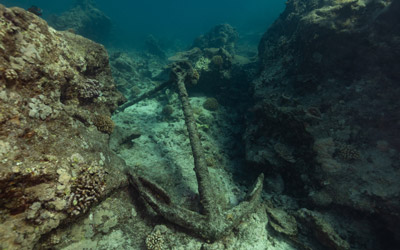
Also at Lalo, follow-up surveys were conducted on a shipwreck site, possibly from the 1800s, discovered earlier this summer by crew and students aboard the Polynesian sailing canoes Hikianalia and Hōkūleʻa. Researchers named the area Hikianalia Reef. Using advanced cameras and computer programs, scientists were able to digitally reconstruct the site to aid maritime archaeologists in the future identification of this vessel. Survey of the site also found additional ship artifacts from the wreckage.
Recovery From Coral Bleaching
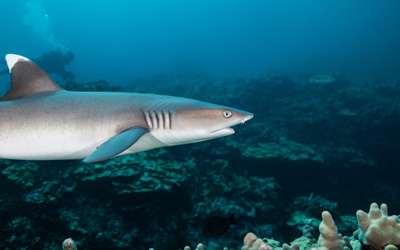
In 2015 the shallow water reefs of Kapou experienced a severe coral bleaching event resulting in the majority of corals dying. Reefs were further impacted by a grounded buoy and chain that left scarring and bare reef substrate. Scientists on the research mission in August observed that the reefs are starting to recover from this damage. They noted recovery of impacted corals as well as the appearance of young corals and crustose coralline algae, a hard algae that aids in coral recruitment and cementing reef structure. Three-dimensional models were taken at these sites to track recovery.
Informing Management
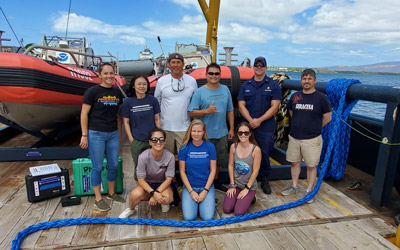
The findings of the 2021 field season underscore the need to return and complete further research in the monument. Due to vessel limitations and COVID restrictions, the monument’s research team has not been able to conduct any monitoring north of Manawai since 2018.
“The re-establishing of long-term reef monitoring will allow for the detection of any shifts in the coral reef communities, which is crucial to the future management of the monument,” says Athline Clark, NOAA’s superintendent of Papahānaumokuākea Marine National Monument. “Documenting the slow recovery of reefs damaged by climate change, storm events and groundings assures us that if places are protected and allowed to recover, they are naturally resilient, giving us hope for our future.”
Research this season provides management with an opportunity to more fully assess environmental stressors in the monument. Collaborators from institutions including the University of Hawaiʻi system, The College of Charleston, and others help NOAA’s Office of National Marine Sanctuaries and monument co-managing agencies monitor the health of this special place.


